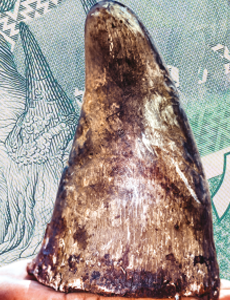
Sven Eisermann, CAMS—Berlin, Germany
Sven Eisermann is head of the anti-money laundering (AML) department and deputy money laundering reporting officer (MLRO) at Deutsche Kreditbank AG (DKB) in Berlin. DKB is one of the top 20 banks in Germany to offer online banking services for private customers as well as...















